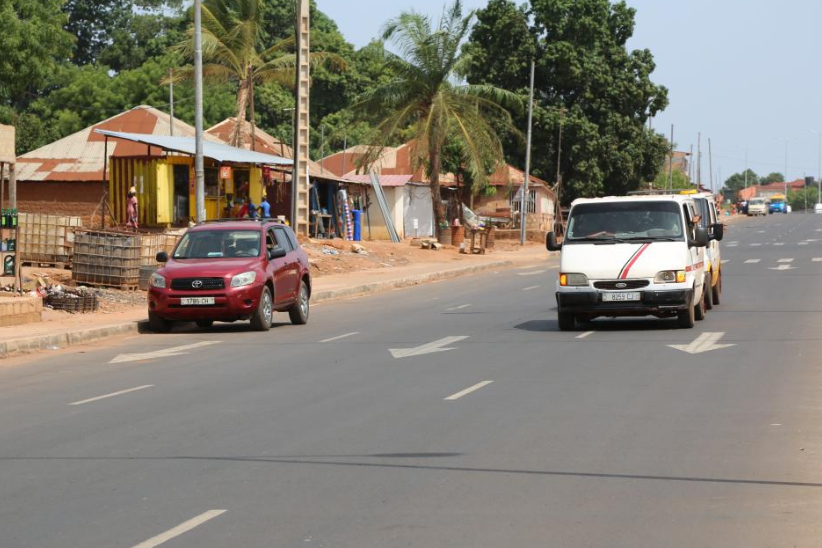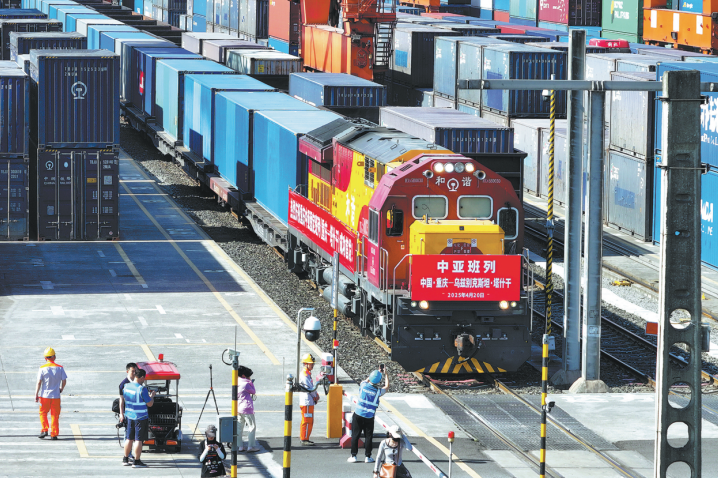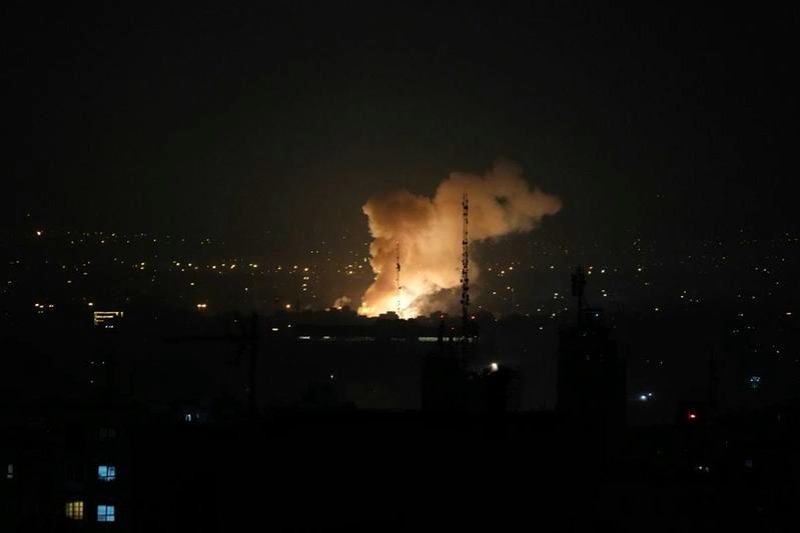No further damage at Iran's Natanz plant, off-site radiation level normal: IAEA


VIENNA - There has been no additional damage at Iran's Natanz Fuel Enrichment Plant site since Friday's attack, and the radioactivity outside the Natanz site has remained unchanged at normal levels, the UN nuclear watchdog announced on Monday.
"There has been no indication of a physical attack on the underground cascade hall containing part of the Pilot Fuel Enrichment Plant and the main Fuel Enrichment Plant. However, the loss of power to the cascade hall may have damaged the centrifuges there," said the International Atomic Energy Agency (IAEA) Director General Rafael Grossi to the IAEA Board of Governors.
Grossi added that within the Natanz facility, there is both radiological and chemical contamination. The radiation, primarily consisting of alpha particles, poses a significant danger if Uranium is inhaled or ingested. However, this risk can be effectively managed with appropriate protective measures.
The main concern inside the facility, he said, is the chemical toxicity of the Uranium Hexafluoride and the Fluoride compounds generated at the contact with water.
No damage has been seen at the site of the Fordow Fuel Enrichment Plant or at the Khondab heavy water reactor, which is under construction. Bushehr nuclear power plant has not been targeted nor affected by the recent attacks and neither has the Tehran Research Reactor, Grossi said.
At the Esfahan nuclear site, four buildings were damaged in Friday's attack, including the Uranium conversion facility and the fuel plate fabrication plant.
The IAEA has said that "no increase in off-site radiation" has been recorded at either Natanz or Esfahan.

































